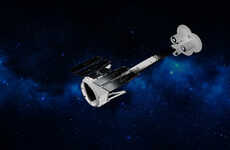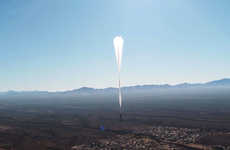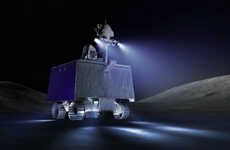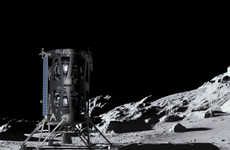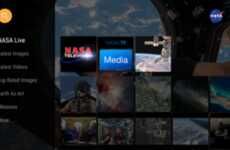
The NASA ICON Was Recently Sent into Orbit to Study the Atmosphere
Daniel Johnson — October 11, 2019 — Tech
The NASA ICON launched into orbit on October 10th, after a series of postponed launches. The ICON was attached to a Northrop Grumman Pegasus XL rocket, where it was then brought to an altitude of 39,00 feet. The NASA ICON was then able to successfully open its solar panels, which means it is now able to power itself as it orbits the earth.
NASA created the ICON in order to examine changes in what is called the ionosphere, which is the higher section in the atmosphere. The satellite will examine a process referred to as airglow and specifically how different particles move within the ionosphere. NASA's ICON will be used for a month in order to collect information and the space organization states that information will begin to be received in November.
Image Credit: NASA
NASA created the ICON in order to examine changes in what is called the ionosphere, which is the higher section in the atmosphere. The satellite will examine a process referred to as airglow and specifically how different particles move within the ionosphere. NASA's ICON will be used for a month in order to collect information and the space organization states that information will begin to be received in November.
Image Credit: NASA
Trend Themes
1. Atmospheric-data-missions - Opportunity for disruptive innovation in collecting and analyzing atmospheric data for climate research and environmental monitoring.
2. Ionosphere-study - Opportunity for disruptive innovation in understanding the ionosphere, its changes, and its impact on communication and navigation systems.
3. Airglow-examination - Opportunity for disruptive innovation in studying airglow and its role in atmospheric phenomena, space weather, and satellite observations.
Industry Implications
1. Space-exploration - Opportunity for disruptive innovation in the space exploration industry through advanced satellite technology and data analysis techniques.
2. Climate-research - Opportunity for disruptive innovation in the climate research industry by leveraging advanced atmospheric data collection and analysis methods.
3. Satellite-communication - Opportunity for disruptive innovation in the satellite communication industry by understanding the ionosphere's behavior and optimizing signal transmission.
0.6
Score
Popularity
Activity
Freshness


